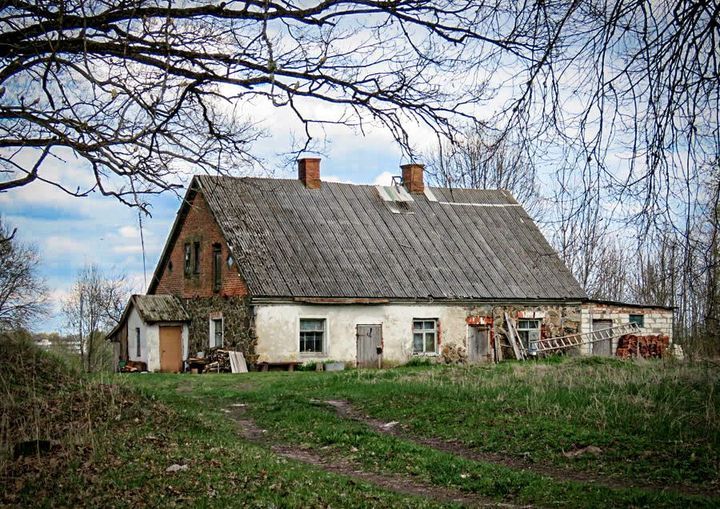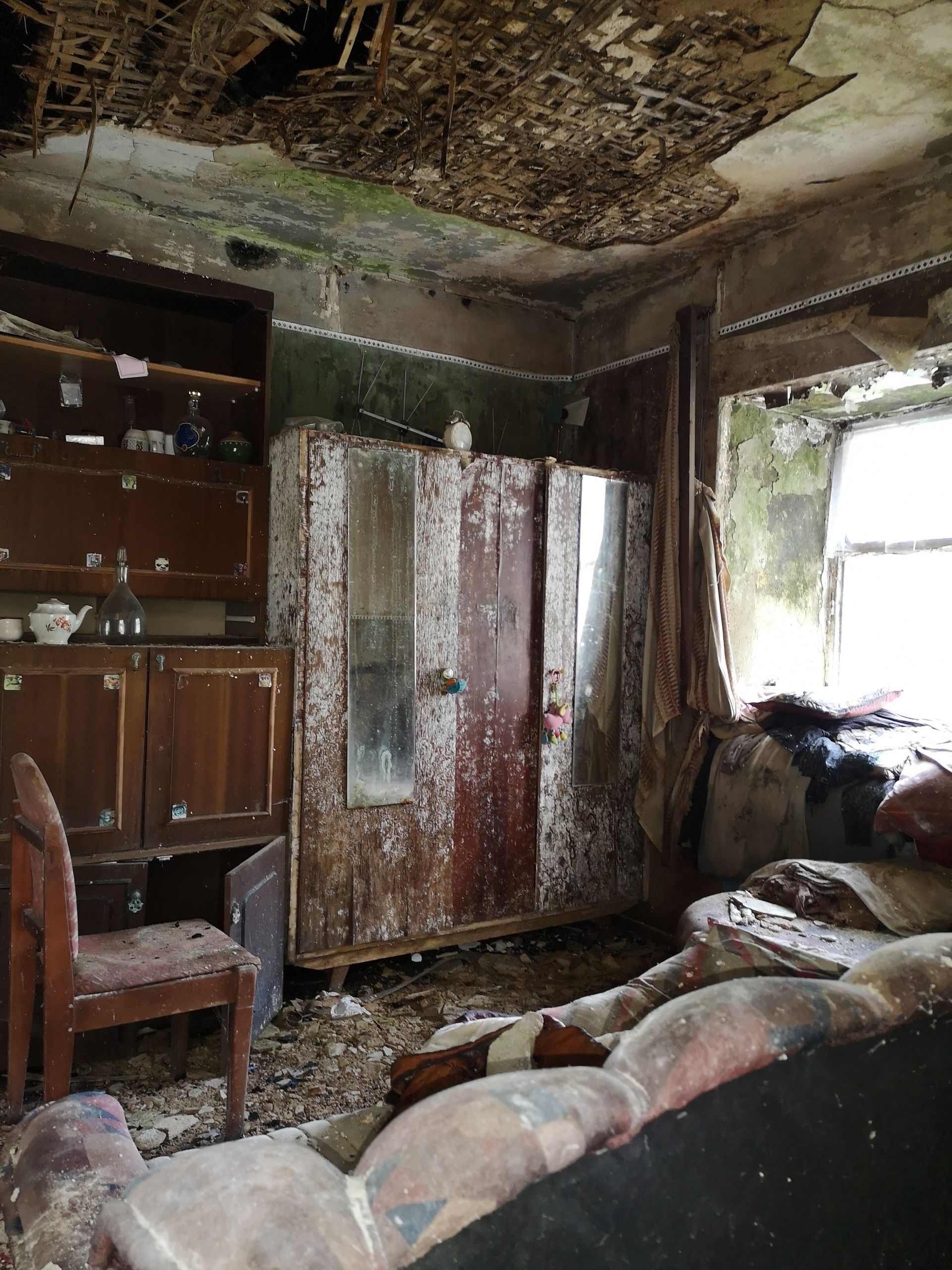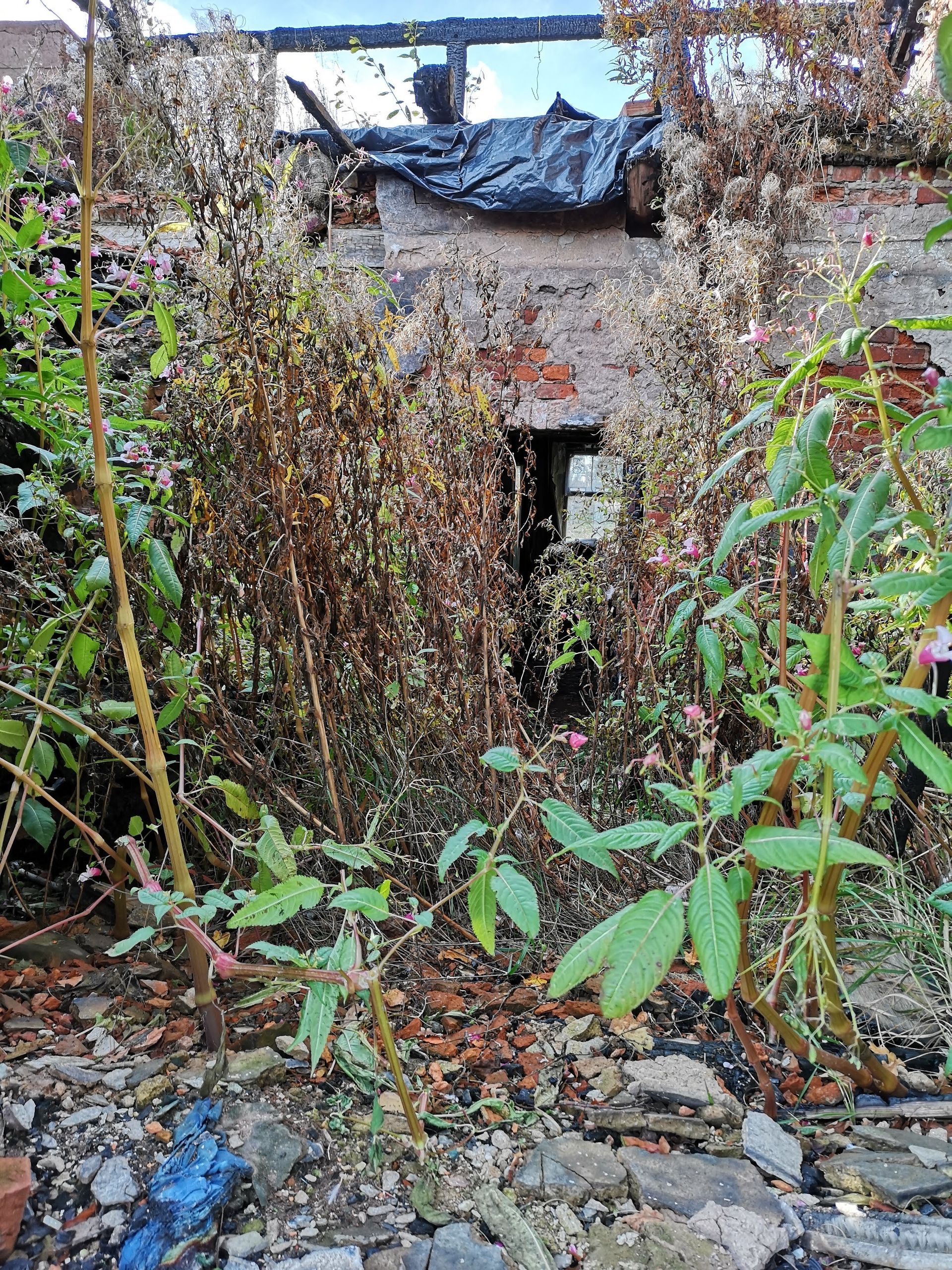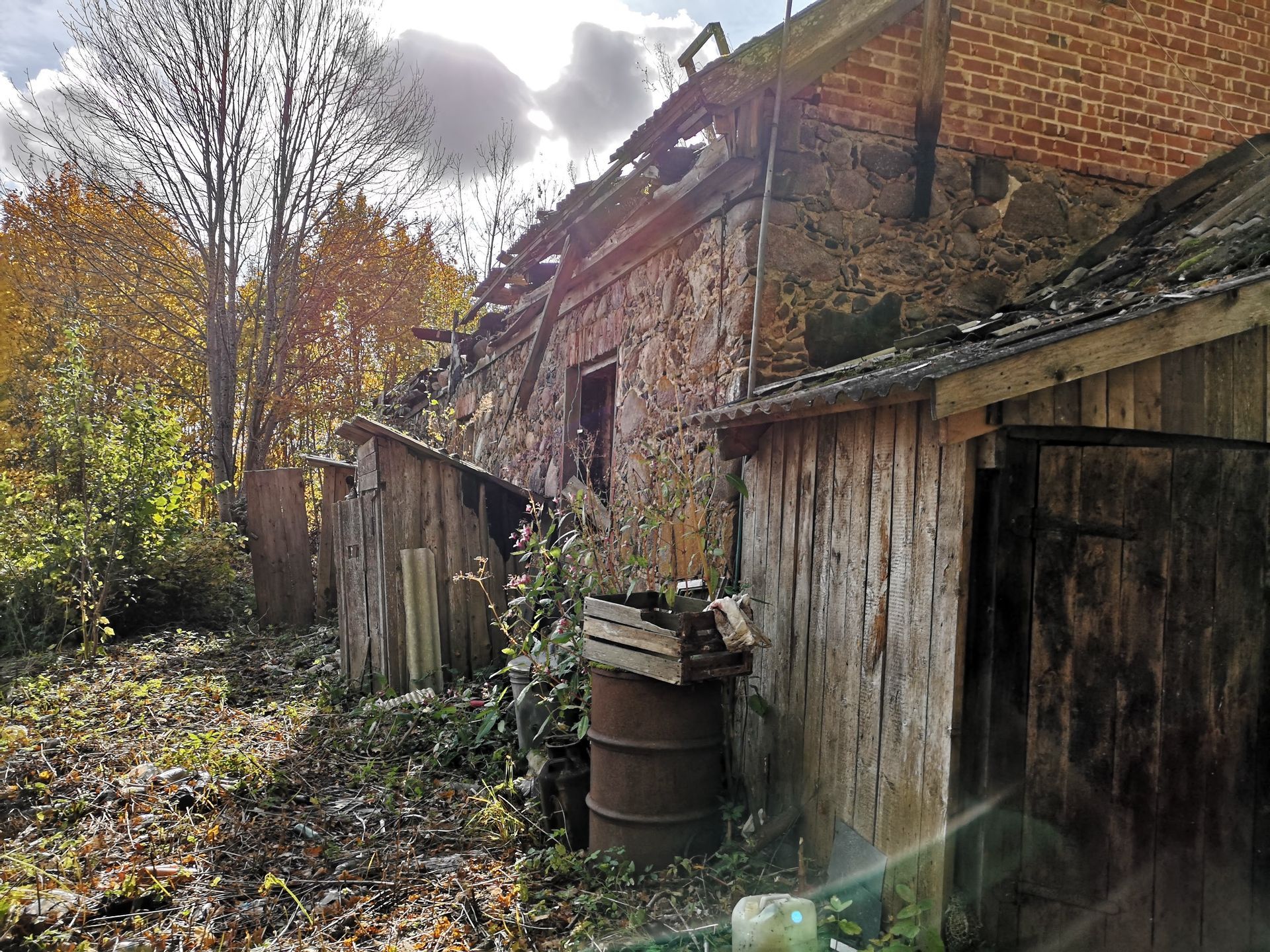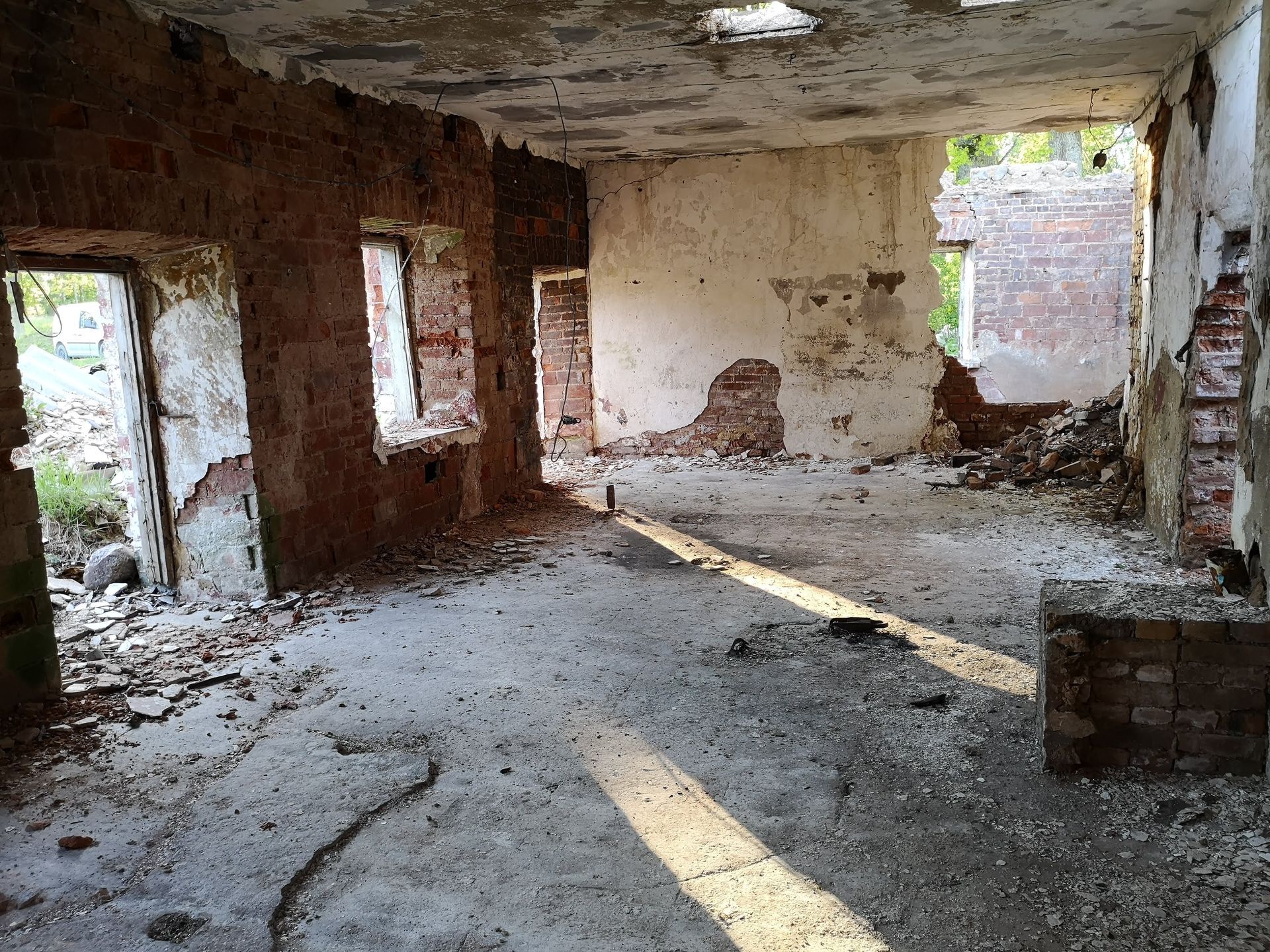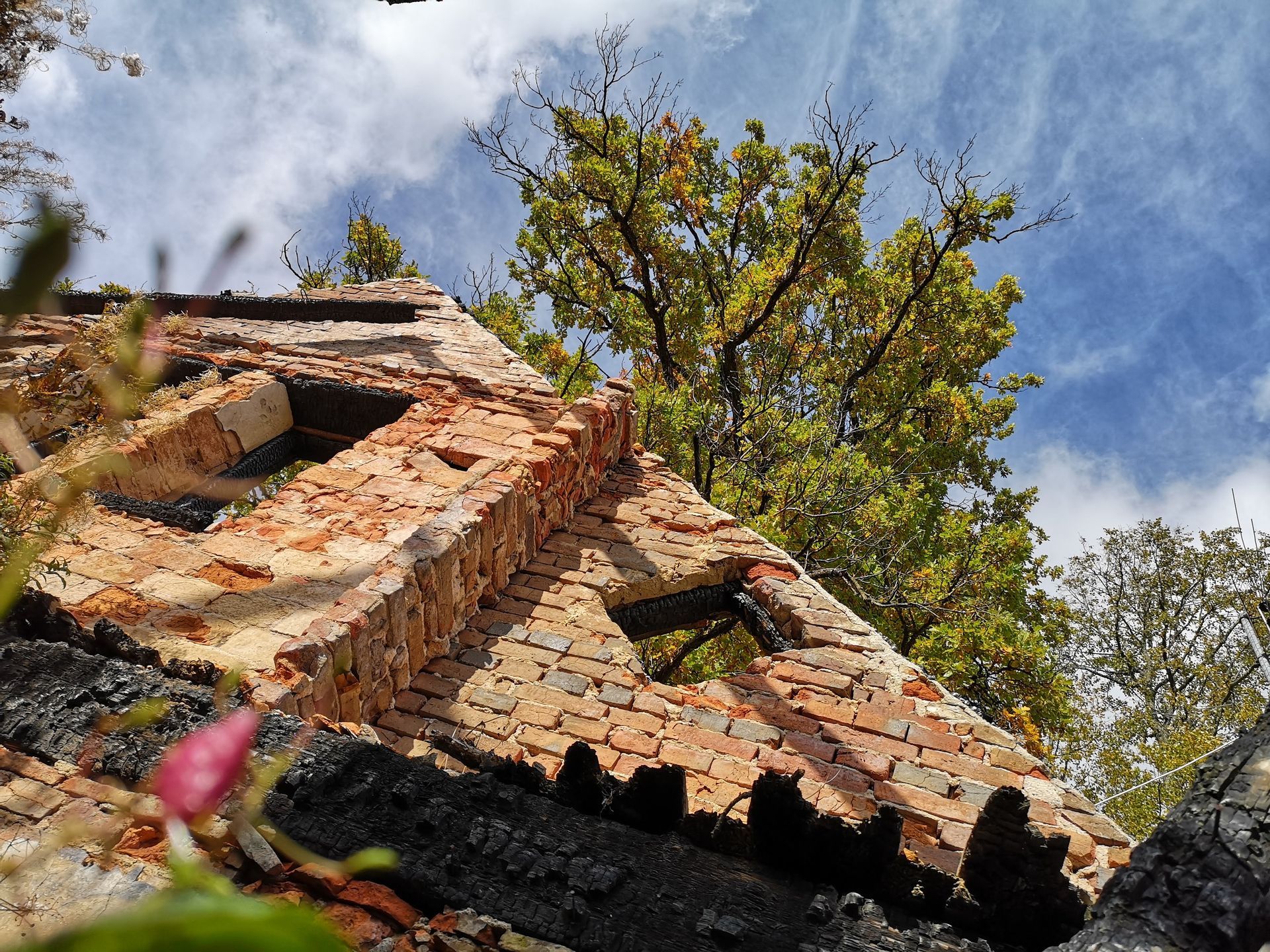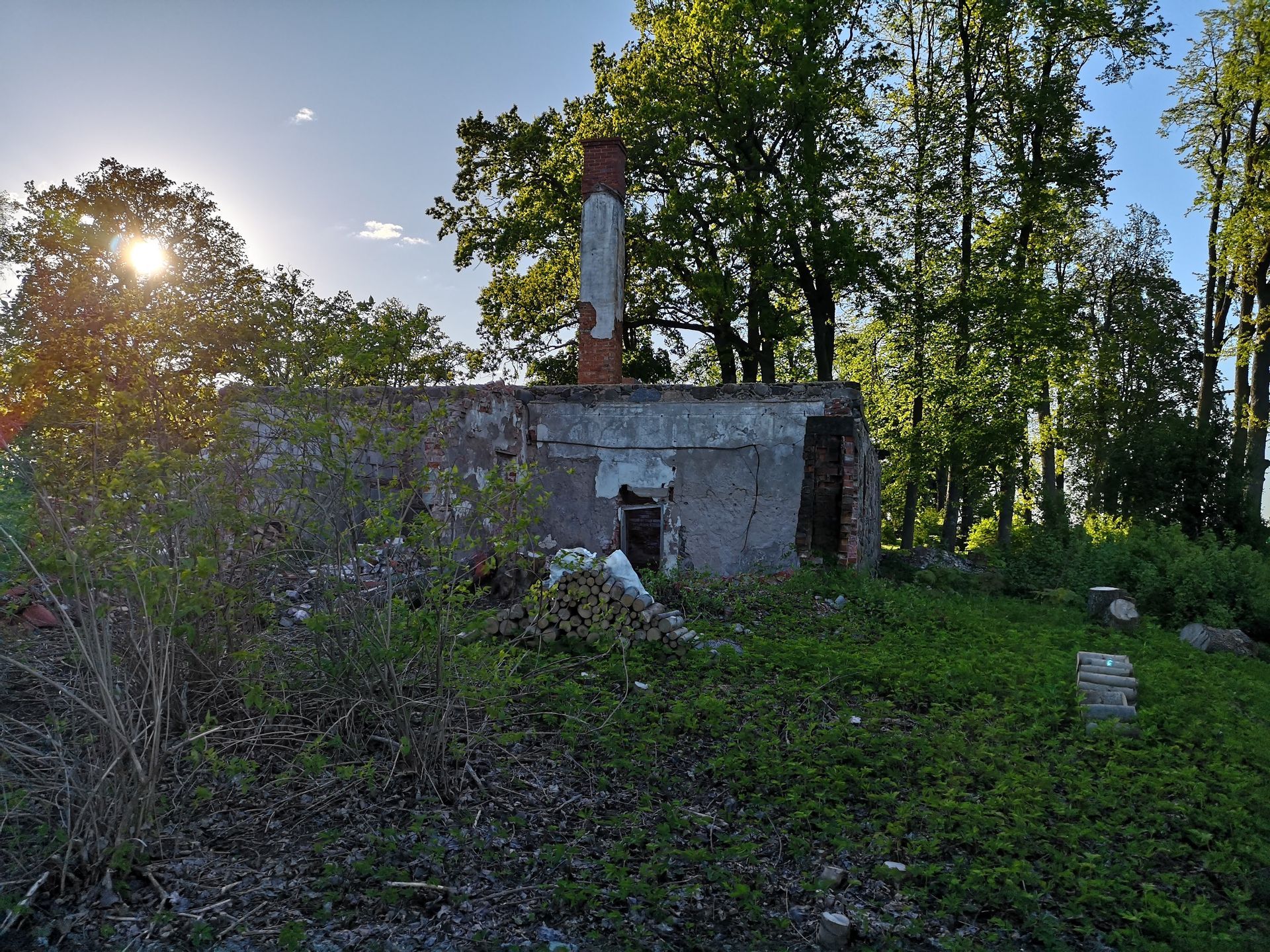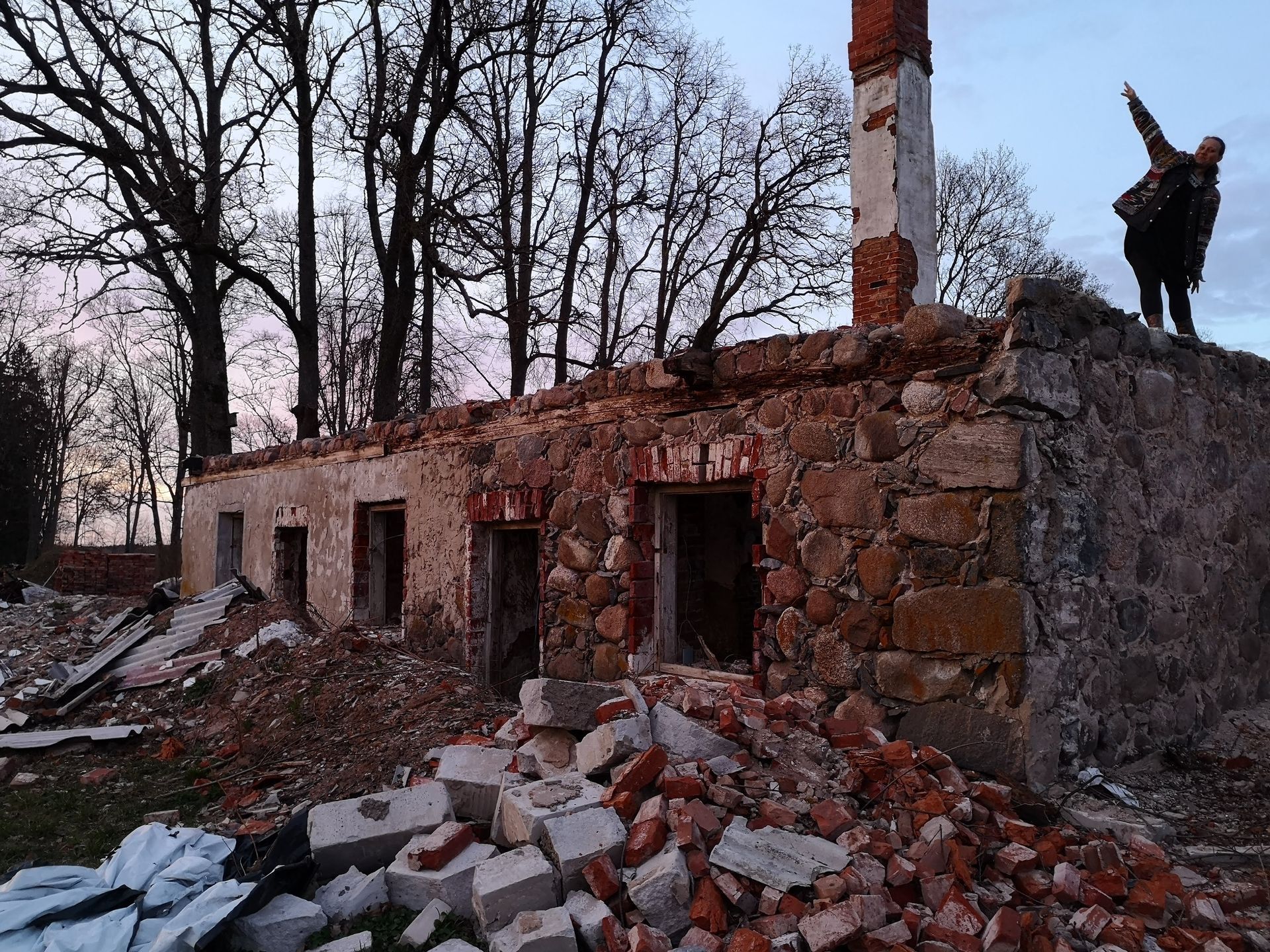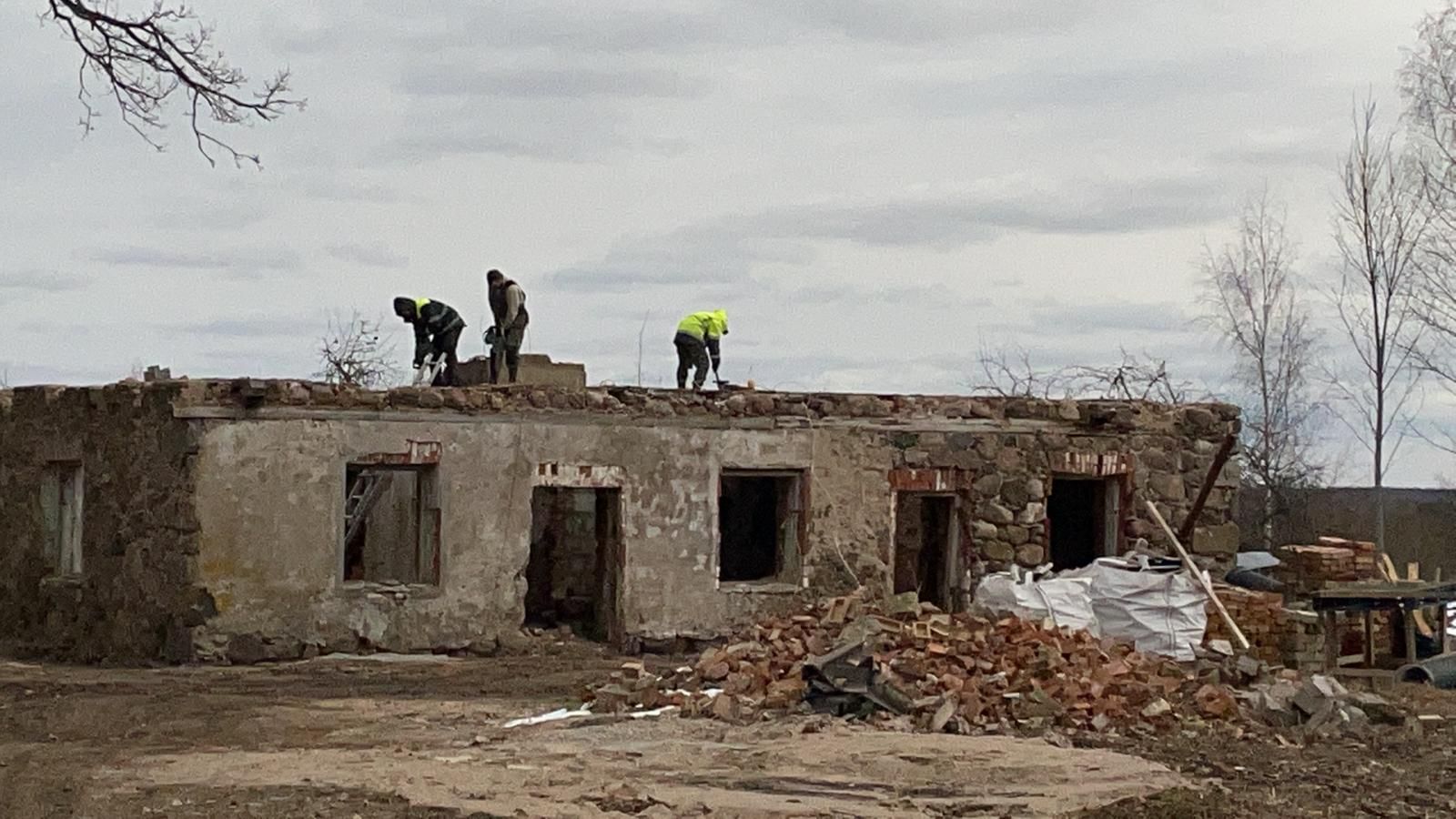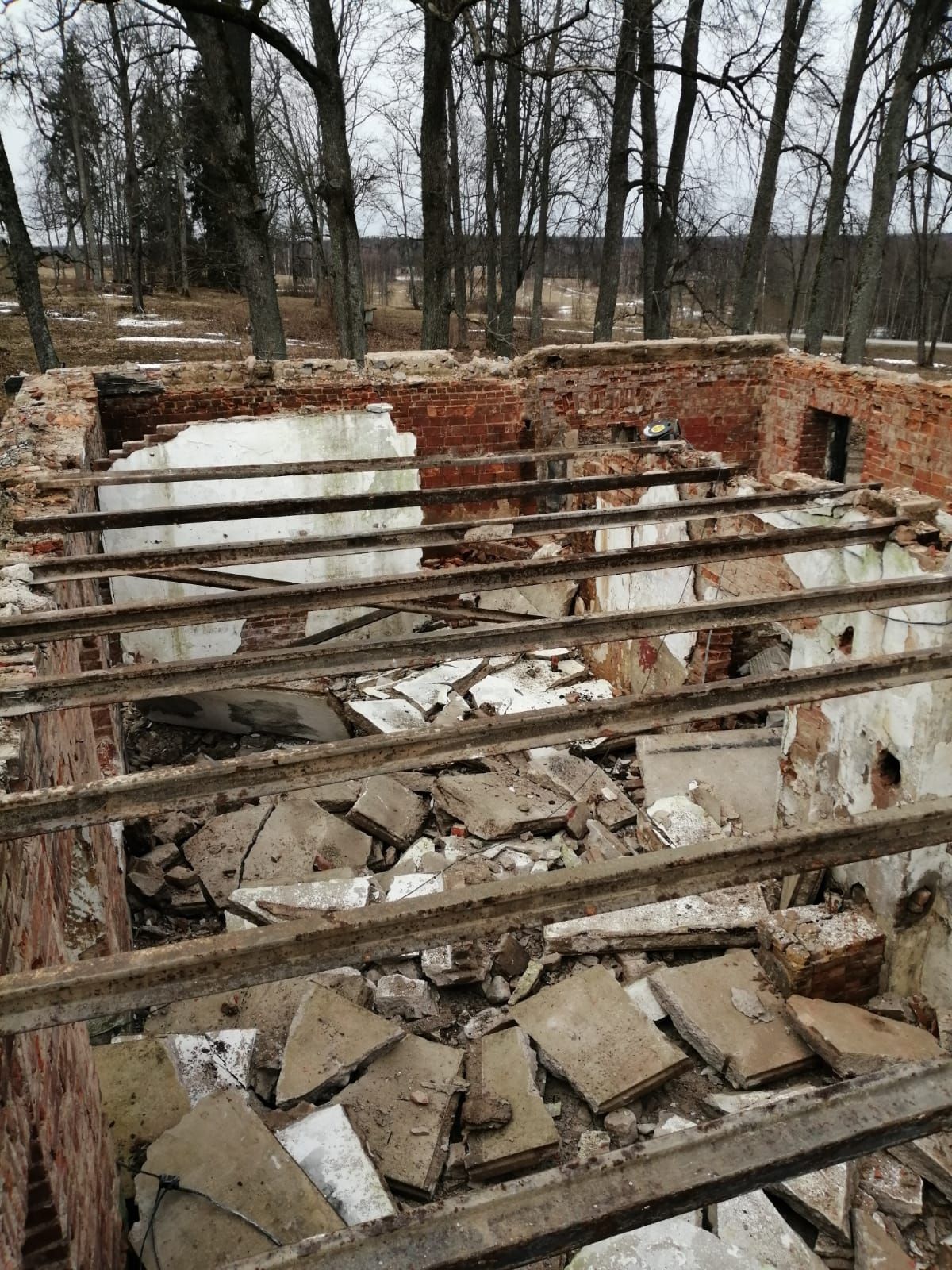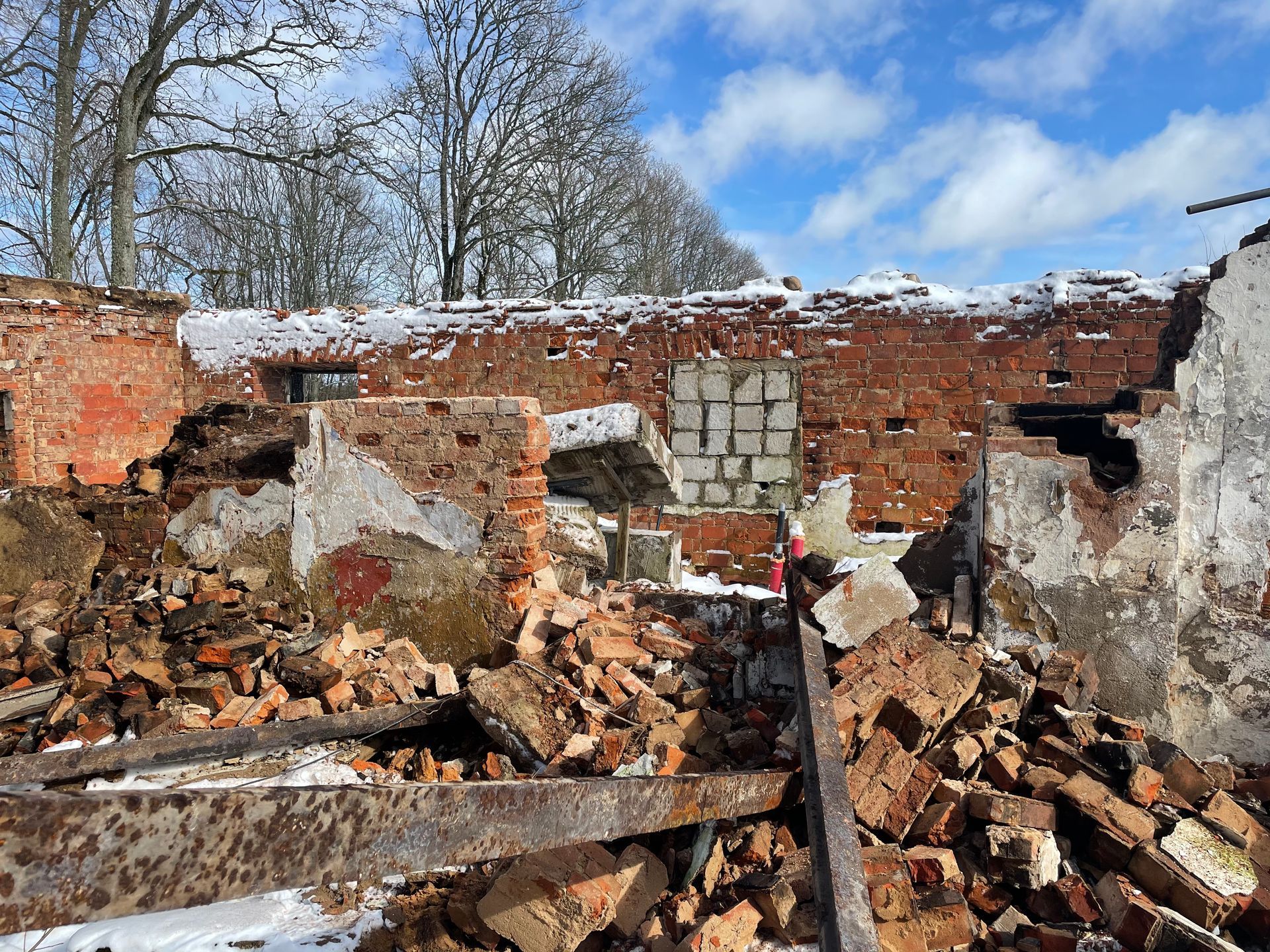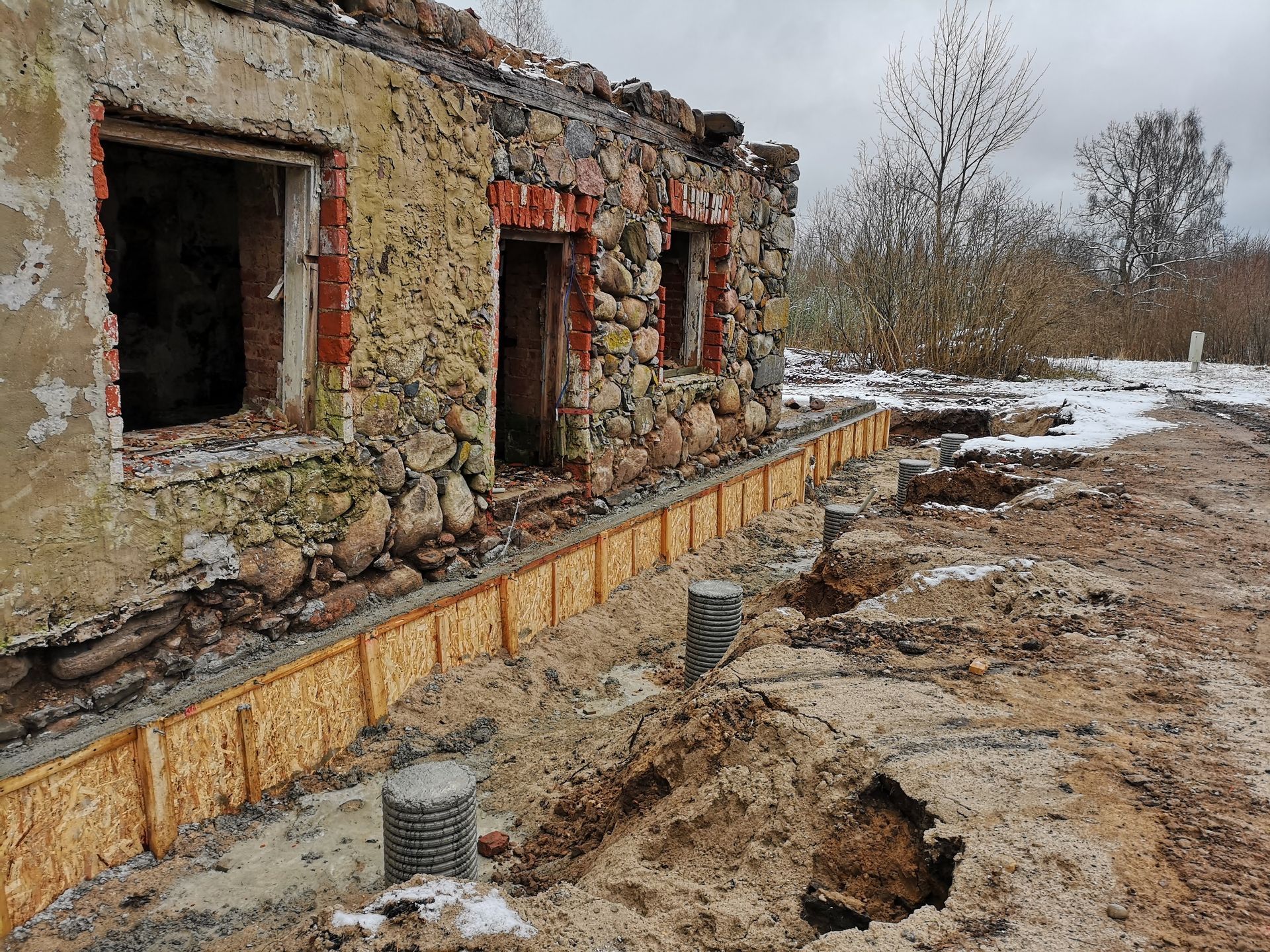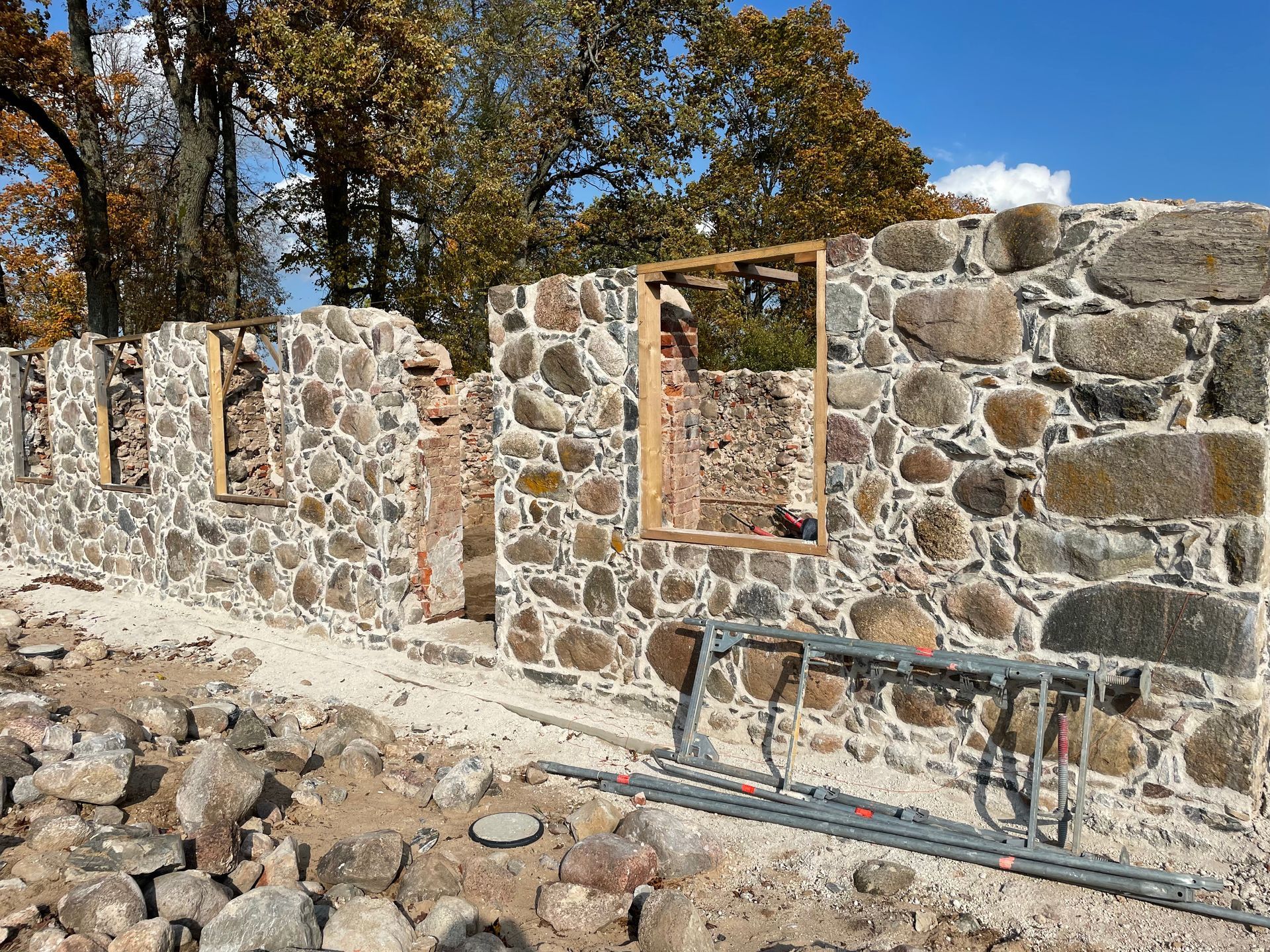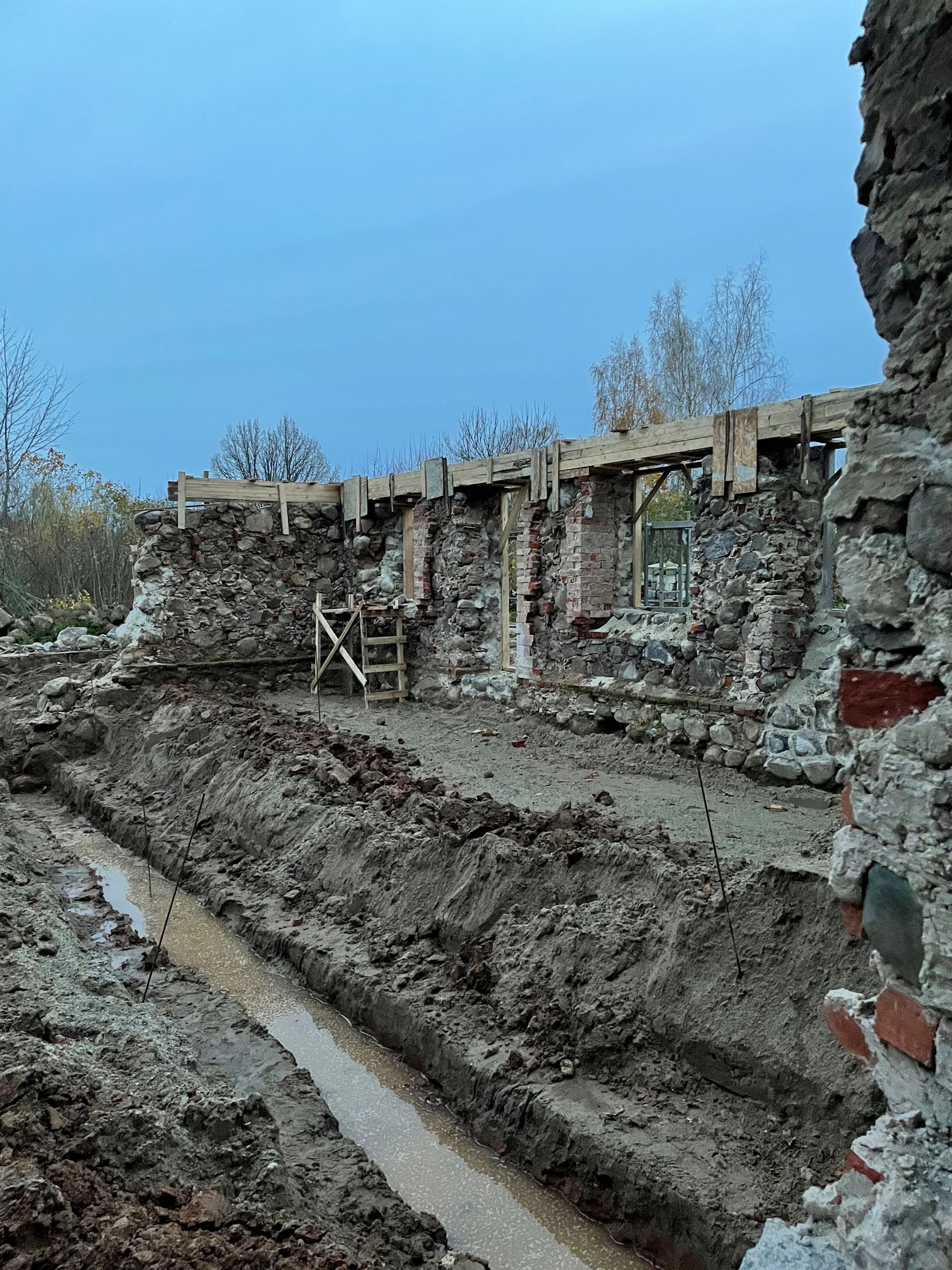The Kipeni Safe House
The need for a safe house
Following the break-up of the Soviet Union in the early 1990s, a new era was born with the independence of the Baltic nations. It was as if the Soviet winter had suppressed the native Latvian culture, but those roots run deep and when the frost melted, the Latvian culture came back to life. Everyone in the country appears so deeply connected to the land here at the deepest level, thriving with a rich culture of dance and song and poetry.
The Ukrainian people share that history and they need our help.
The global community is rallying round and helping where they can, whether it be sending funds to help the war effort or providing for the many families and children that have fled with little more than a bag they can carry with them on the journey.
However, this war and its effects will last for some years as the Ukrainian people slowly take back their land. Even when that job is done, there will be a monumental rebuilding effort. The sad reality is that many mothers and children will have lost their husband and father in the conflict. It will be several years before many will be able to return to their homes, if they are still standing.
The immediate challenge of a warm place to stay and to feed these people who have lost so much, was understandably the immediate focus. Our aim was to provide them with somewhere to call home, rather than just a shelter. Somewhere to live and grow and bring up their children, rather than simply to exist and wait for who knows how long.
The Kipeni Safe House was built for Ukrainian refugees, for the longer term - covering the gap between the immediate emergency aid and the years that will follow for many. However, by the time construction of the house was finished, the refugees in Latvia had found their homes here and there was no demand for our house. We remain on the list of the Immigration Agency for those in need.
Happily the Ukrainian army and people have shown an amazing resilience and have not only held the line - they are gradually winning this war. But even if the war finishes in the next two years (we can only hope), it will likely take much longer before the country and infrastructure is back to some normality and families will feel safe to return to their more normal lives.
The history of the Safe House
Originally a milk house where milk from the estate was kept and prepared, the house had been made into small living spaces.
The house was very sad and abandoned
So the journey towards new life started from here.
What the house will be
This is how the safe house turned out.
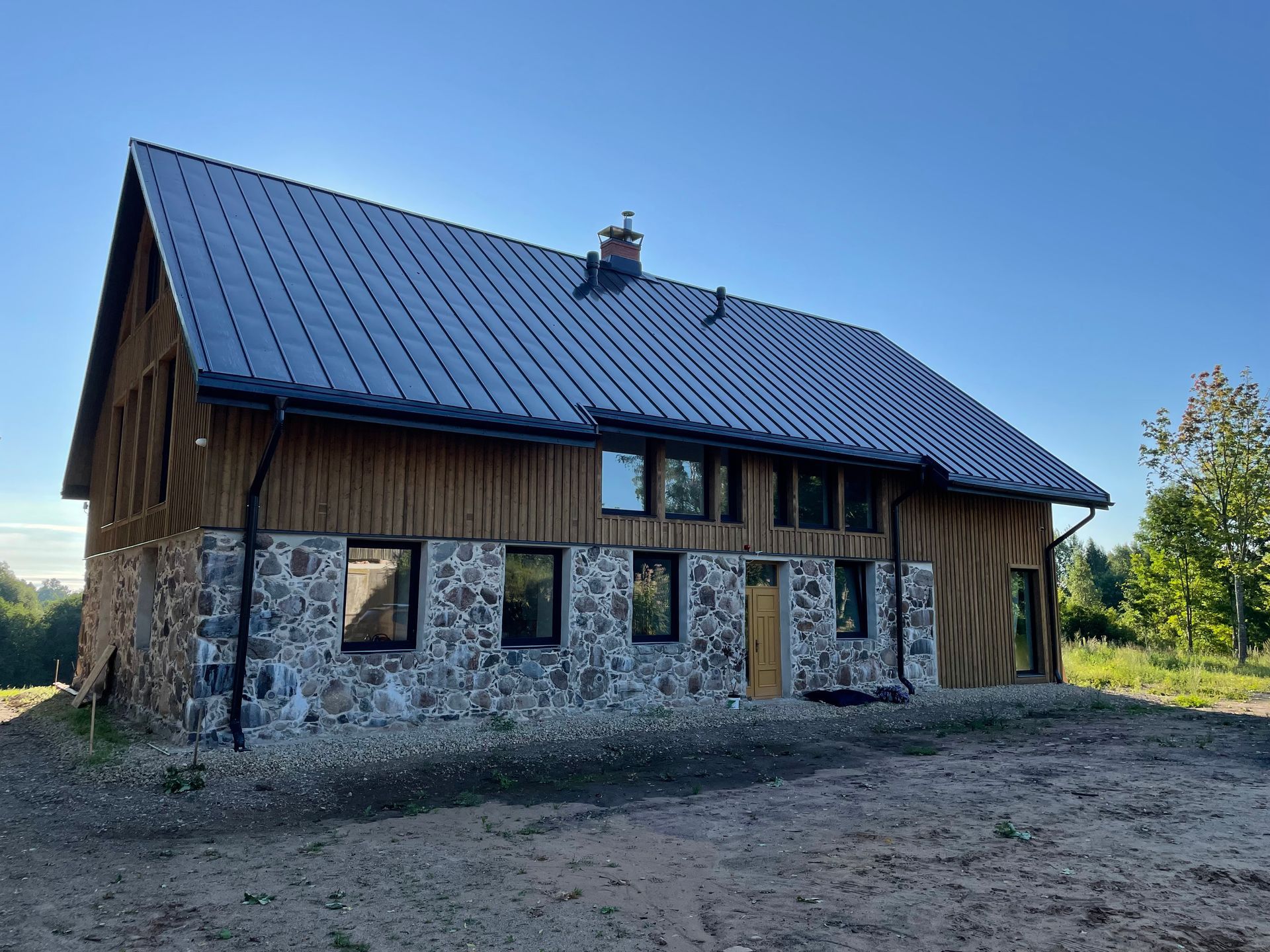
The building of a Safe House
The first steps were to remove the broken walls, chimney, concrete and clear all the rubble.
We then strengthened the foundations
Renovated the beautiful stone walls and laid new internal foundations.
…and then the main construction started.
Fitting out the Safe House
Related contacts
We continue our contact with ‘TaviDraugi.lv’, a large charity in Riga that is coordinating the amazing generosity of the Latvian people, as well as with the Integration and Inclusion Agency, a group that has experience in coordinating Latvian support for immigrants to Latvia.
